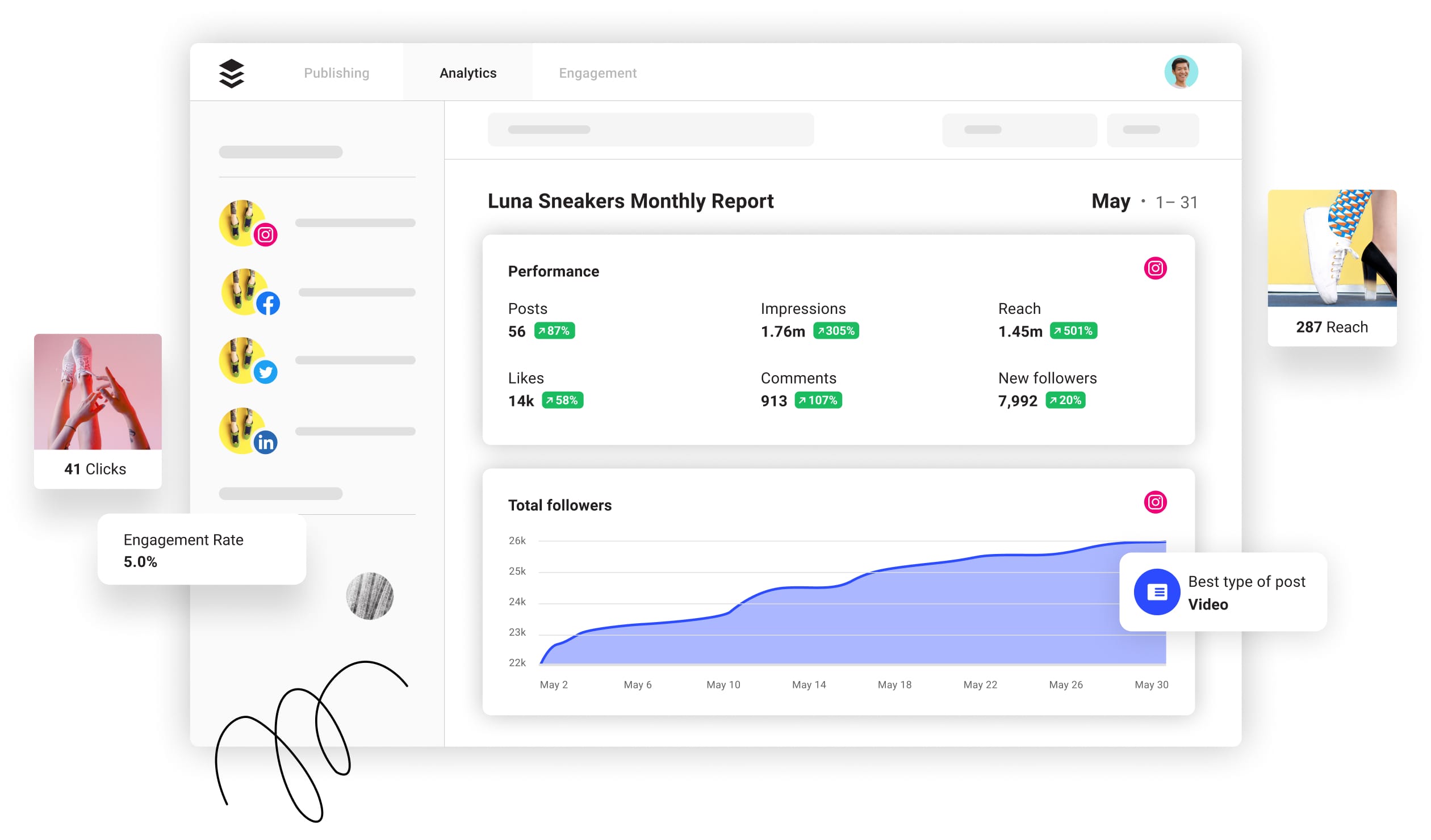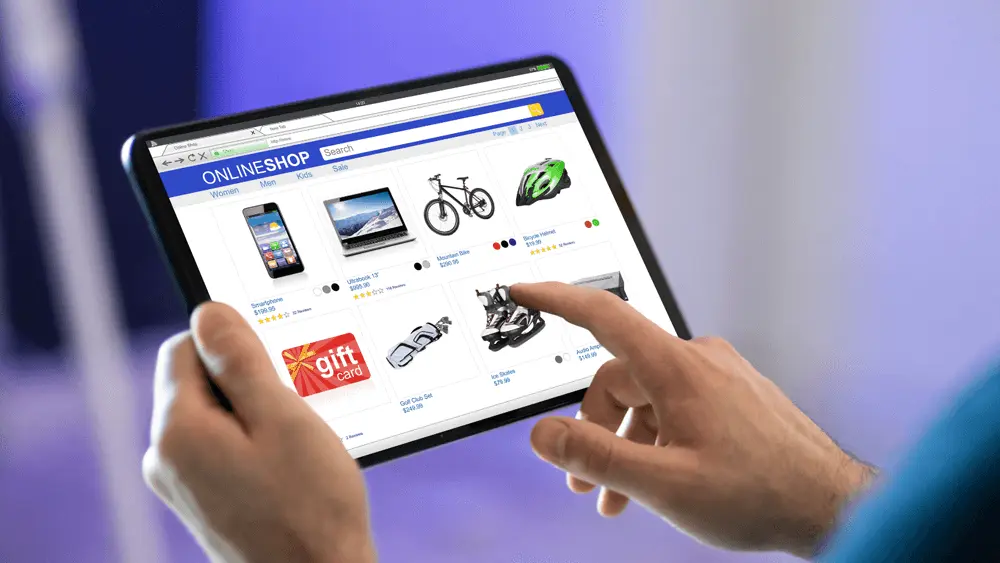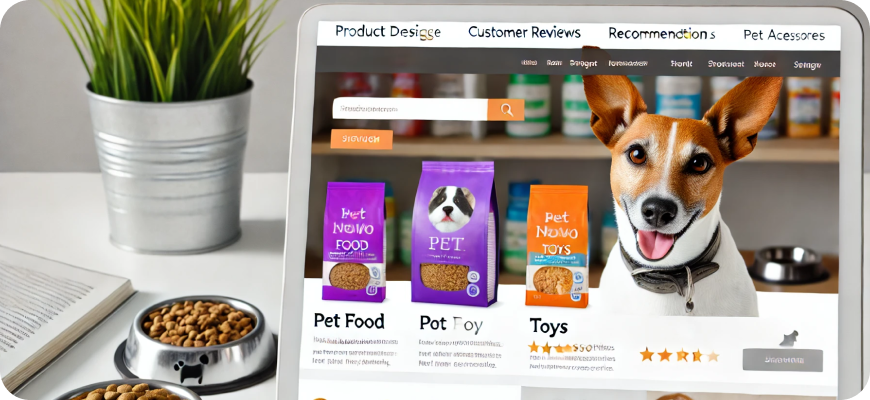Effective Ways to Automate Your eCommerce Business
Whether you’re using Shopify, WooCommerce, or another platform, these automation strategies will help you scale your business with ease.
Running an eCommerce business requires juggling many tasks, from managing inventory and fulfilling orders to handling customer support and marketing. As your business grows, these tasks can become overwhelming. Fortunately, automation can help streamline operations, save time, and improve efficiency, allowing you to focus on growth rather than daily admin.
In this article, we’ll explore effective ways to automate your eCommerce business, covering essential areas like inventory management, order processing, customer service, marketing, and more. Whether you’re using Shopify, WooCommerce, or another platform, these automation strategies will help you scale your business with ease.
Why Automate Your eCommerce Business?
Automation offers several key benefits for eCommerce businesses:
▪️ Time Savings:
Automating repetitive tasks frees up time that can be better spent on strategy, growth, and product development.
▪️ Consistency:
Automation ensures tasks are performed consistently, reducing the risk of human error.
▪️ Efficiency:
Automated processes increase operational efficiency by speeding up workflows and reducing manual input.
▪️ Scalability:
As your business grows, automation can help you handle increased demand without hiring additional staff.
▪️ Improved Customer Experience:
Automation allows you to provide faster responses and more personalized experiences, leading to higher customer satisfaction.
Let’s dive into the key areas of eCommerce where automation can make the most impact.
1. Automate Inventory Management

Keeping track of inventory is critical for ensuring that you don’t oversell products or run out of stock. Manual inventory tracking can be prone to errors, especially if you sell across multiple channels. Automating your inventory management system can save time and help you avoid stock issues.
Actionable Tips:
▪️ Sync Inventory Across Channels:
Use tools like Shopify’s built-in inventory system or TradeGecko (for WooCommerce) to sync inventory levels across all your sales channels (online store, Amazon, eBay, etc.). This ensures accurate stock levels everywhere.
▪️ Automate Low Stock Alerts:
Set up automated low-stock alerts to notify you when products need to be restocked. Apps like Back in Stock (Shopify) and WooCommerce Stock Manager make this easy.
▪️ Automate Purchase Orders:
Automate purchase orders with suppliers when stock levels hit a predefined threshold. This can help prevent stockouts and keep popular items available for customers.
Examples:

Amazon
Amazon’s fulfillment network uses automated inventory systems to ensure products are always in stock, providing fast delivery to customers.

Zappos
Zappos automates its inventory management across multiple warehouses to optimize shipping times and reduce stock shortages.
2. Automate Order Processing and Fulfillment

Order processing and fulfillment can be time-consuming, especially during busy periods. Automating these tasks not only speeds up the process but also minimizes errors, ensuring a smoother customer experience.
Actionable Tips:
▪️ Automated Order Confirmation Emails:
Use tools like Klaviyo (Shopify) or AutomateWoo (WooCommerce) to send automatic order confirmation emails, providing customers with details about their purchases instantly.
▪️ Integrate with Fulfillment Providers:
Automate order fulfillment by integrating your store with fulfillment centers like ShipBob or Fulfillment by Amazon (FBA). Once an order is placed, it’s automatically sent to the fulfillment center for processing and shipping.
▪️ Shipping Label Automation:
Use apps like ShipStation (Shopify) or WooCommerce Shipping to automatically generate shipping labels, calculate shipping costs, and send tracking information to customers.
Examples:

Shopify Fulfillment Network
Shopify allows sellers to automate order fulfillment by syncing inventory with their fulfillment centers, enabling fast, accurate deliveries.

FBA
Amazon’s FBA system automates the entire order fulfillment process, from picking and packing products to shipping them directly to customers.
3. Automate Customer Service and Support

Providing excellent customer service is essential, but it can be challenging to manage as your business grows. Automating parts of your customer support process can ensure faster responses and help resolve common issues efficiently.
Actionable Tips:
▪️ Live Chatbots:
Use AI-powered chatbots like Tidio (Shopify) or WP Chatbot (WooCommerce) to handle common customer inquiries in real time. These bots can answer FAQs, provide order updates, and route customers to the correct department.
▪️ Automated Email Responses:
Set up automated email responses for common inquiries, such as order status or returns. Helpdesk tools like Gorgias (Shopify) and Help Scout (WooCommerce) can manage support tickets and send pre-defined replies.
▪️ FAQ Automation:
Create a self-service knowledge base where customers can find answers to common questions. Use apps like HelpCenter (Shopify) or Heroic Knowledge Base (WooCommerce) to build a comprehensive FAQ section.
Examples:

H&M
H&M uses AI chatbots on its website to answer customer queries instantly, reducing the burden on its human customer support team.

Zendesk
Zendesk’s automated ticketing system helps businesses respond to customer inquiries more efficiently by routing tickets based on urgency and type.
4. Automate Email Marketing

Email marketing is one of the most effective ways to engage customers and drive repeat sales, but it can be time-consuming. Automating your email marketing campaigns can save time while keeping your customers engaged with relevant, personalized content.
Actionable Tips:
▪️ Abandoned Cart Emails:
Use apps like Omnisend (Shopify) or Mailchimp (WooCommerce) to automatically send abandoned cart emails to customers who didn’t complete their purchases. These emails can include personalized offers to encourage conversion.
▪️ Post-Purchase Follow-Ups:
Send automated post-purchase emails to thank customers, suggest related products, or request reviews. Tools like Klaviyo (Shopify) and Drip (WooCommerce) make it easy to set up these automated sequences.
▪️ Segmented Campaigns:
Automate segmented email campaigns based on customer behavior (e.g., frequent shoppers, first-time buyers). This allows you to send personalized offers to specific customer groups, increasing engagement and conversions.
Examples:

Harry’s
The shaving brand automates its email marketing with post-purchase follow-ups and product recommendations, increasing customer retention.

Wayfair
Wayfair uses abandoned cart emails to re-engage customers who left items in their carts, offering personalized product suggestions to drive sales.
5. Automate Social Media Posting

Managing social media can be time-consuming, but staying active on platforms like Instagram, Facebook, and Twitter is essential for driving traffic and engaging customers. Automation tools can help you maintain a consistent posting schedule and increase engagement without spending hours each day.
Actionable Tips:
▪️ Social Media Scheduling:
Use tools like Buffer or Hootsuite to schedule social media posts in advance. These tools allow you to plan your content calendar and ensure you’re consistently posting engaging content.
▪️ Automated Social Media Ads:
Run automated ads on social media platforms like Facebook and Instagram with tools like Facebook Ads Manager (Shopify) or AdEspresso (WooCommerce). These tools can optimize ad targeting and bidding based on performance metrics.
▪️ Automate User-Generated Content:
Use apps like Loox (Shopify) or Yotpo (WooCommerce) to automate the collection and display of customer reviews and photos on your social media channels, enhancing social proof.
Examples:

Buffer
Many eCommerce businesses use Buffer to schedule social media posts across multiple platforms, freeing up time for other tasks.

Sephora
Sephora uses automated user-generated content (UGC) to showcase customer reviews and photos on Instagram, increasing trust and engagement.
6. Automate Product Recommendations and Personalization

Personalizing the shopping experience is key to increasing conversions and customer retention. Automation can help by displaying personalized product recommendations based on customer behavior and preferences.
Actionable Tips:
▪️ Personalized Product Recommendations:
Use apps like Nosto (Shopify) or Recommendation Engine (WooCommerce) to automatically suggest products based on a customer’s browsing or purchase history.
▪️ Dynamic Pricing and Discounts:
Automate personalized discounts with tools like Discounty (Shopify) or Dynamic Pricing (WooCommerce), offering custom promotions based on customer segments or past purchases.
▪️ Automated Upselling and Cross-Selling:
Display related or complementary products during checkout using apps like Frequently Bought Together (Shopify) or WooCommerce Product Bundles.
Examples:

ASOS
ASOS uses automated upselling and cross-selling techniques to recommend complementary products during checkout.

Sephora
Sephora uses automated user-generated content (UGC) to showcase customer reviews and photos on Instagram, increasing trust and engagement.
7. Automate Accounting and Bookkeeping

Accounting and bookkeeping can be time-consuming and prone to errors when done manually. Automating your financial processes ensures that your books are accurate and up to date while reducing the administrative burden on your team.
Actionable Tips:
▪️ Automate Invoices and Receipts:
Use tools like QuickBooks (Shopify) or Xero (WooCommerce) to automatically generate invoices and receipts for each sale.
▪️ Sales Tax Automation:
Automatically calculate and file sales taxes with tools like TaxJar (Shopify) or WooCommerce Tax to ensure compliance with state and local tax laws.
▪️ Automated Financial Reports:
Use accounting software to automatically generate financial reports, such as profit and loss statements, cash flow reports, and balance sheets.
Examples:

QuickBooks
Many eCommerce businesses use QuickBooks to automate invoicing, expense tracking, and financial reporting, reducing the time spent on manual bookkeeping.

TaxJar
TaxJar automates sales tax calculations and filings, ensuring eCommerce businesses stay compliant with tax regulations.
8. Automate Customer Feedback and Reviews

Collecting customer reviews and feedback is crucial for building trust and improving your product offerings. Automating this process can help you gather more reviews and respond to feedback quickly.
Actionable Tips:
▪️ Automated Review Requests:
Use tools like Loox (Shopify) or Yotpo (WooCommerce) to automatically send review requests after a purchase. These apps can also display customer reviews on product pages to build social proof.
▪️ NPS Surveys:
Automate Net Promoter Score (NPS) surveys to gauge customer satisfaction. Tools like Delighted (Shopify) and WooCommerce Survey can automate this process and provide insights into customer loyalty.
▪️ Feedback Follow-Up:
Automate follow-up emails based on feedback. For example, send a thank-you note to customers who leave positive reviews or offer a discount to those who had a negative experience.
Examples:

Airbnb
Airbnb automates review requests after every stay, making it easy for hosts and guests to leave feedback.

Glossier
Glossier uses automated review requests to gather customer feedback and display reviews on product pages, boosting trust and conversions.
Conclusion
Automating your eCommerce business can save you time, improve efficiency, and allow you to scale more easily. Whether you’re automating inventory management, order processing, customer service, or marketing, these tools will help you streamline your operations and provide a better experience for your customers.
By leveraging automation, you can reduce manual work, minimize errors, and focus on growing your business. From small tasks like sending order confirmation emails to more complex processes like managing subscriptions or personalizing product recommendations, automation is key to running a successful, scalable eCommerce store.






